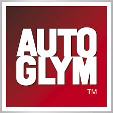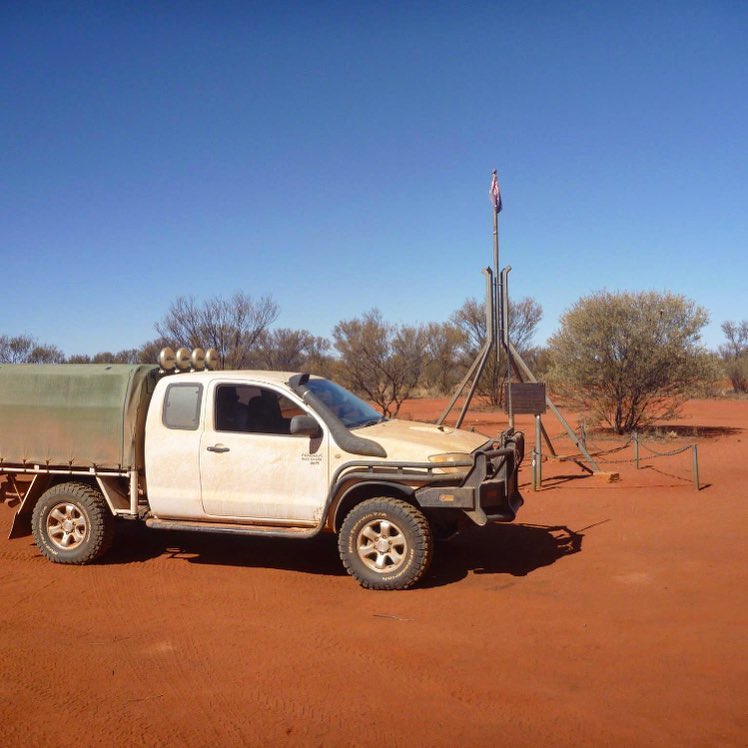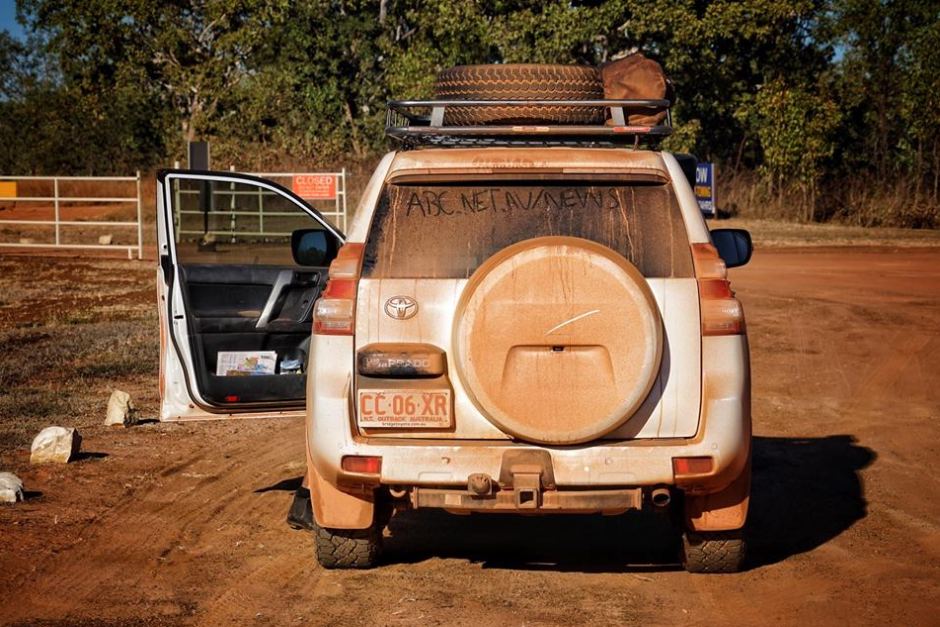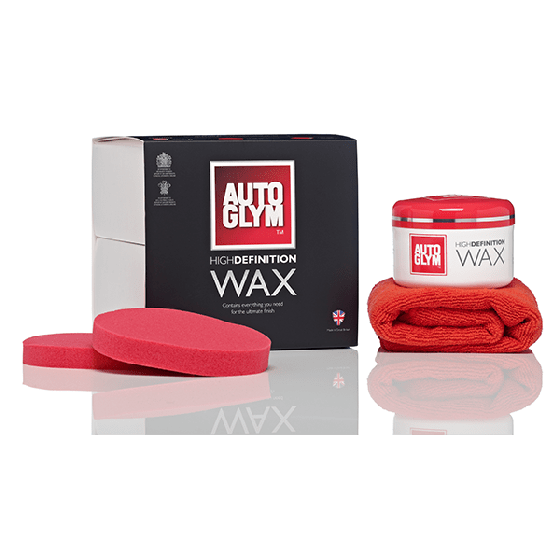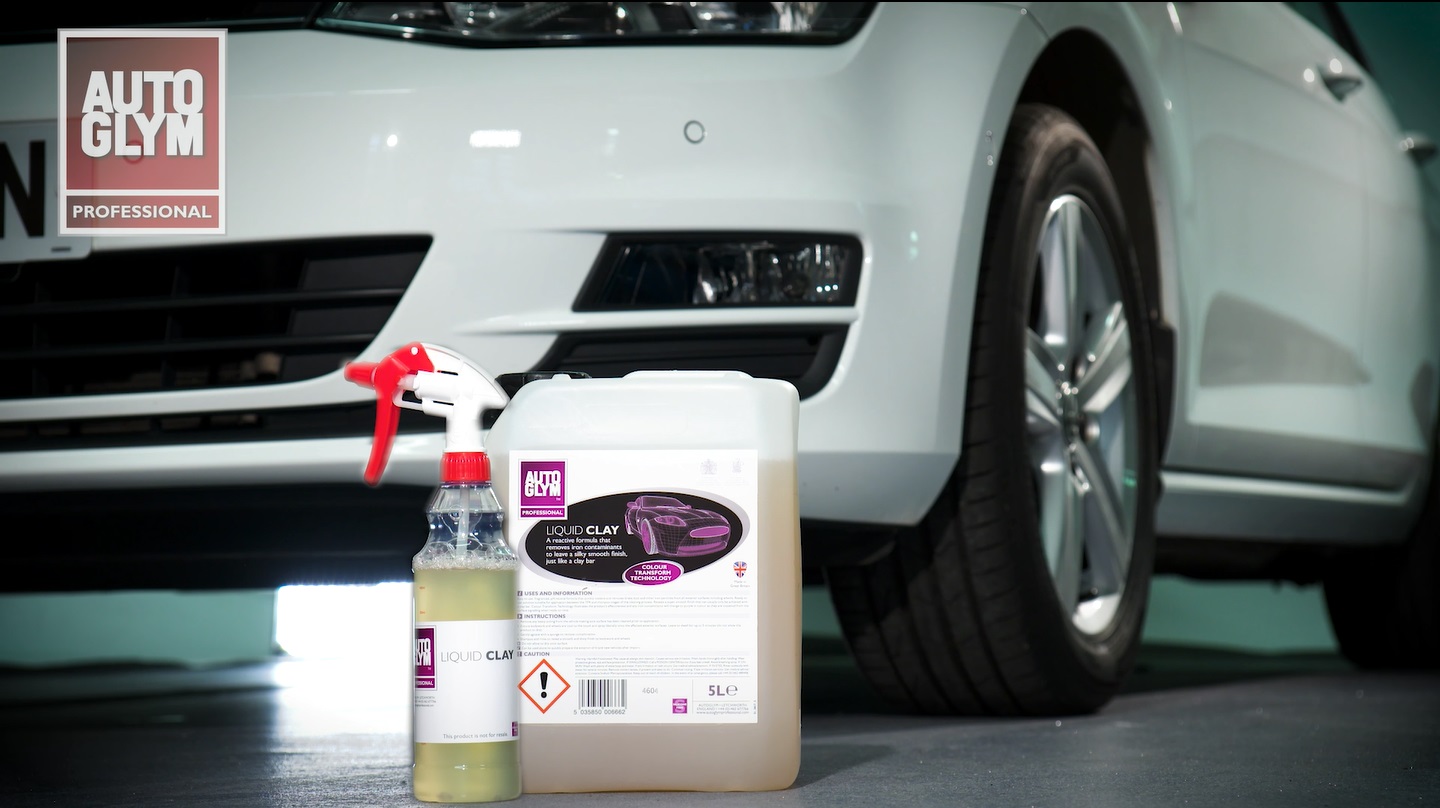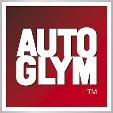Red Dust is often the scourge of outback drivers and 4×4 enthusiasts. Here we will tell you everything you need to know on what it is and how to safely and quickly remove it.
If you drive outside the city limits and into the bush then chances are you have encountered red dirt or dust. With our love of white vehicles, caravans and exposed gal steel this red dust is infamous for sticking to our vehicles and tow equipment, unable to be washed off fully. Well that’s now changed.
What is Red Dust?
Unlike much of the Northern Hemisphere, Australian soils are very thick and full of minerals including lots of iron. These iron oxides have accumulated over millions of years of weathering and are exposed on the surface of the soil, not deep in the ground as many people believe.
Beautiful as it is, the soil is nutrient poor so farmers have never been able to cultivate it for growing crops or feeding cattle.
Red Dust Staining
Grey Nomads, 4×4 travellers and truckies, will know the pain red dust is to remove from a vehicle. Normal washing will not remove it, the only option is using a highly corrosive formula to try and shift it. This staining comes from iron particles bonding (oxidising) to the surface unable to be washed away. This affects not only vehicle paintwork but also galvanised steel found on many tow vehicles.
Iron Fallout
City conditions also produce a lot of iron fallout that can find its way onto your car. Airports, (flight paths), construction, railways and industrial parks all produce copious amounts of iron fallout. Just because you can’t see it, doesn’t mean it’s not there.
Iron Bonding / Rust
What makes the iron bond to surfaces so effectively? As the iron particles fall onto the surface they also have oxygen particles attracted to them from the atmosphere. This Iron and Oxygen combination is Iron Oxide or more commonly known as rust. In layman’s terms the iron particle is rusting to your paintwork or steel framework.
What is Liquid Clay?
Liquid Clay specifically seeks out and starts to reverse the oxidation bond of those tiny iron particles. By weakening the bond between the Oxygen and Iron (Iron Oxide), Liquid Clay allows the iron particle to be safely and gently removed from the surface.
Great Visual Check
With the colour change technology many are familiar with, Liquid Clay can be used as a visual guide to how bad a vehicle has been contaminated. Iron Fallout is near impossible to see (spots can be seen in the worst cases) so using Liquid Clay as a guide from new car deliveries through to detailing, ensures the vehicle is prepped fully before a protective coating.
Waxes, Polishes and Coatings
Liquid Clay is pH Neutral so it will not have a detrimental effect on most waxes and polishes already on a vehicle. If the vehicle was prepped before the last wax coating was put on then the iron fallout should only be on the surface of the wax, not below.
With after-market coatings, always check with the manufacturer of the coating to see what they suggest using to keep your warranty. Many suggest using pH Neutral products.
Ready to Go
Liquid Clay is a ready to go formula and doesn’t need to be diluted. It’s easily applied through a spray bottle and rinsed off with water, so can be used on the go without the need of expensive equipment.
Autoglym Professional Range
Liquid Clay is part of the Autoglym Professional range and is available through all good automotive stockists.
For more information on our Professional range jump onto http://www.autoglymprofessional.com/en/index.html
